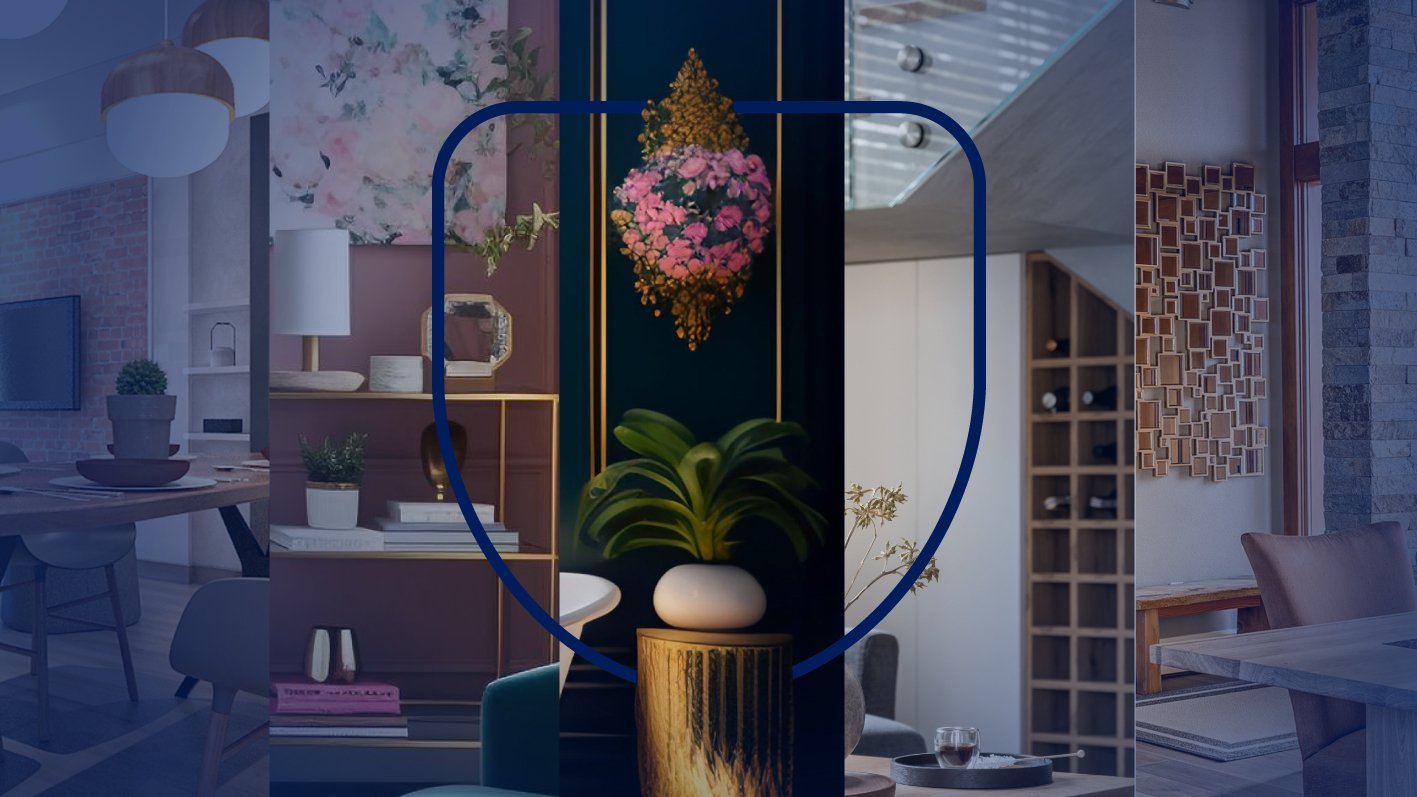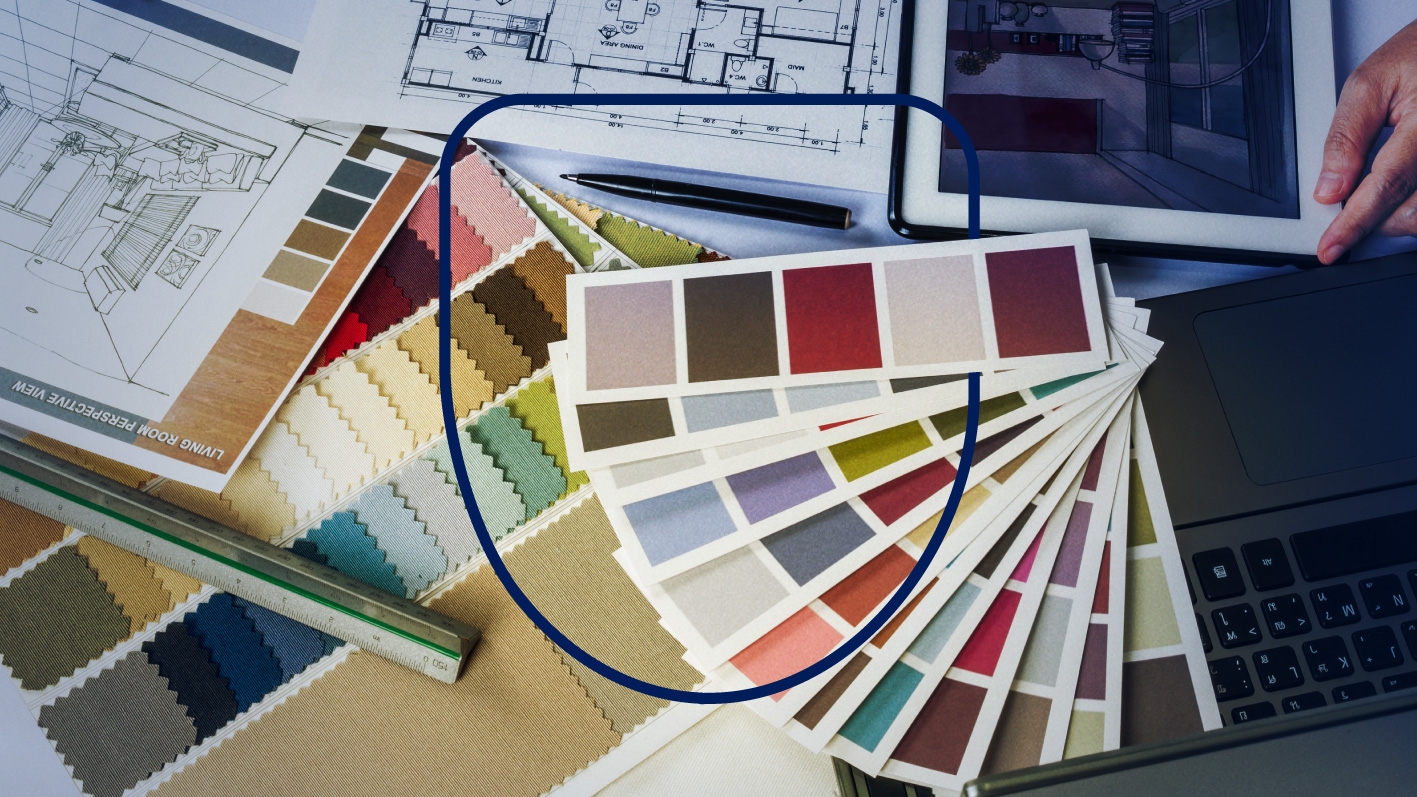Interior design is responsible for creating and improving spaces to achieve healthier and more aesthetically pleasing environments. It is an area that has been transformed and added new tools, however, at the same time it maintains current characteristics of past times, giving it a renewed and creative air.
At present there are various styles with particular characteristics that differentiate them from each other, some combining and integrating similar elements. Among the best known we could mention:
Scandinavian: They are characterized by being simple, clear, focused on the love of nature, using natural materials such as wood, linen, cotton, etc.
Japandi: It comes from the Japanese living trend, it is a combination of Japanese and Scandinavian design elements. It is characterized by using natural materials, indoor plants, serene colors, unique and handcrafted objects, and wide open spaces.
minimalist: It is characterized by its pure, simple and geometric lines, neutral colors and the lack of decorative elements. Its premise par excellence is: “less is more”.
Rustic: In this style, stone, wood, ceramics, wicker, organic materials, solid and robust furniture predominate.
Industrial: It is characterized by high ceilings, black steel, brick walls, exposed pipes or concrete details. Include abstract art pieces or photographs to add a pop of color to a neutral-based scheme.
Modern: gray, white and beige tones predominate, furniture with simple lines. It emphasizes functionality and simplicity, furniture and natural materials, completely eliminates unnecessary details.
The interior design plays a fundamental role in providing the different environments with appropriate characteristics, according to the use that will be given to it. If it is an area of interest to you, Miami Technology & Arts University has the right program, the Bachelor of Science in Interior Design, which provides its students with the tools and in-depth knowledge of this fascinating field. It has academic content designed to prepare professionals capable of identifying and responding with relevant and sustainable designs to the contemporary needs demanded by this industry.
The academic program also provides its students with creative techniques to make comfortable, aesthetic, and functional spaces that interact harmoniously with the cultural, artistic, productive, technological, and economic environment that surrounds them. All 100% courses are taught remotely and in Spanish, granting a North American degree.



